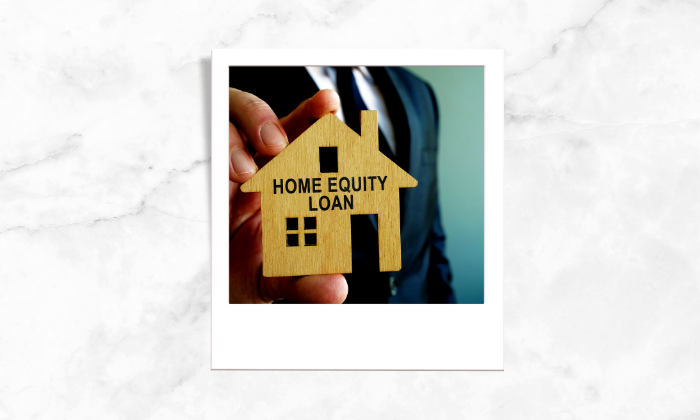What is Home Equity?
Home equity is the current market value of your home, minus any liens attached to it such as existing mortgage.
How does it work?
The amount of equity in a house fluctuates over time in two ways , one is while the debtor makes payments towards the mortgage balances or as the property value appreciates/ depreciates depending on the market. Home equity is basically your real property value at that present moment. When you make a down payment on a house of 20% or more, you automatically add to your equity in the home since that amount is no more due.
How to build home equity
Most home equity is built in two ways:
- Home price appreciation — As your home’s market value rises, so does your equity
- Monthly mortgage payments — These slowly reduce your mortgage balance, which is the other factor in your home equity calculation
Of course, you can help that process along. Perhaps most importantly, you can maintain your home well so that it’s competitive with others in your marketplace.
Of course, you can help that process along. Perhaps most importantly, you can maintain your home well so that it’s competitive with others in your marketplace.
Calculate your Home Equity
Step 1: Find the current market value of your home
The value of properties depends on the sector to which the asset belongs, the location, the area it covers, amenities offered, and the value of a recent sale in that location. Thus, the first thing you lay your hands on are the ‘comps’. Comparables or comps are the terms used for similar homes that have recently been sold in the same area to help find the best listing price when selling properties.
However, no two homes are completely the same. The possible variations are endless. And, of course, condition and amenities will be crucial. This is where the part of appraisal comes in. A professional appraiser recognizes the differences between similar homes and assign them a proper value.
Still if you want to have a rough estimate, the quickest and easiest way to get a good idea of your home’s value is to check a reputable online source. Along side Zillow and Redfin there are dozens of sites offering free “automated valuation models” (AVMs) exist on the web. Once, you have your comparables do your best to assess the value of the differences between them and your home.
However, chances are, your chosen lender will appoint a professional appraiser to deliver the definitive value.
You can skip all that valuation work if you get a professional to appraise your home. Hiring a pro will provide the most accurate appraisal possible. Whichever route to an appraisal you choose, you should end up with a figure that you hope is close to the final appraiser’s valuation of your home for you to have a practical outlook.
Step 2: Know your current loan balance
Next step is to find your current mortgage balance. You can check the same online in your loan service portal.
You need to check the balance amount. The balance may differ from the payoff amount, which includes any outstanding fees and prepayment penalties you have incurred, in case you were to foreclose the mortgage. So, look for the balance.
Step 3: Calculate your home equity
Now, you need to simply deduct your mortgage balance from your home’s value, and That’s your Equity.
Ways to tap your home equity
You can leverage your home equity in the form of collateral to tap into cash in the form of a home equity loan or a home equity line of credit.
Using a HELOC
A home equity line of credit (HELOC) is a line of credit that uses the equity you have in your home as collateral. A HELOC, is a line of credit secured by your home that gives you a revolving credit line and often has a lower interest rate than some other common types of loans.
Using a home equity loan
A home equity loan—also known as an equity loan, home equity installment loan, or second mortgage—is a type of consumer debt. Home equity loans allow homeowners to borrow against the equity in their homes. Home equity loans tend to be fixed-rate.










